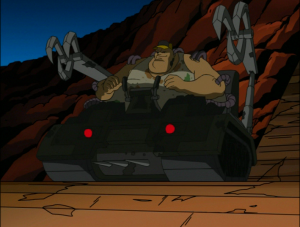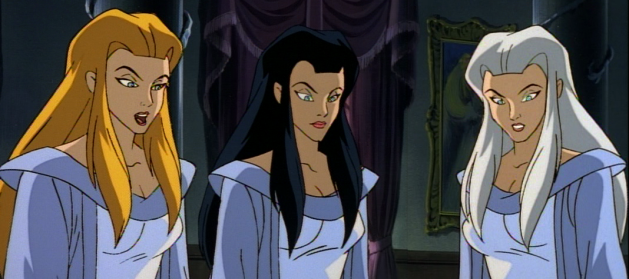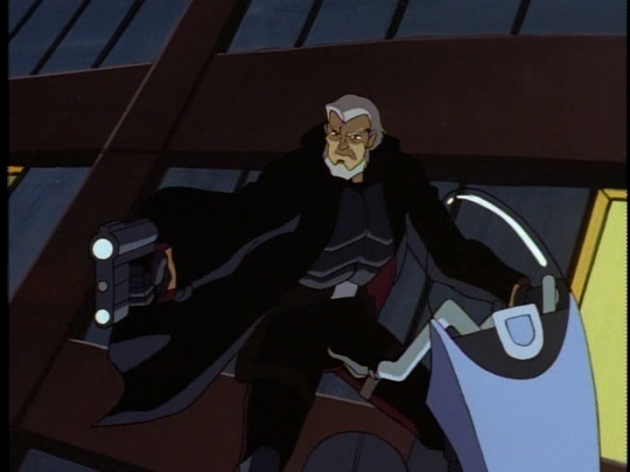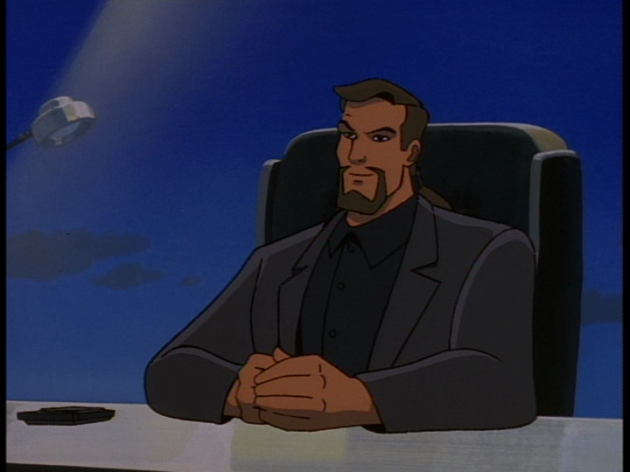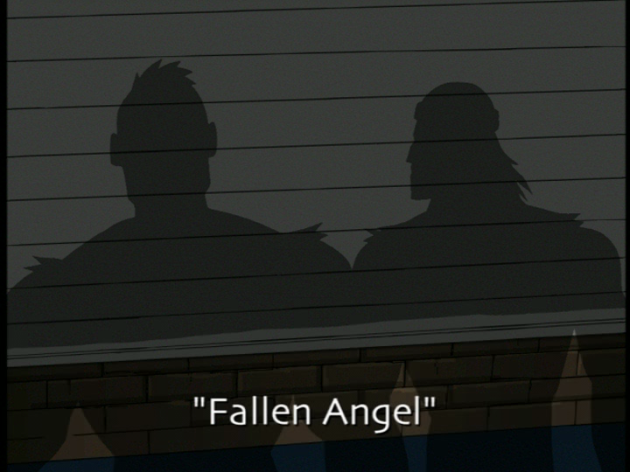“Hey, Chung! Is that you?”
Detective Tri Chung recognized the loud, unselfconscious voice immediately: Lauren Stanton, newspaper reporter for the Daily Globe and, on any given day, one of the top five people whose face the detective did not wish to see. So close; another second later, and he would have been inside the men’s restroom and safely out of sight. Maybe it wasn’t too late; pretending the sound of his name had simply come from a particularly particular (and random) gust of wind, he opened the restroom door, entered, and hoped that decorum would keep the reporter out.
It didn’t work. With the customary chutzpah Chung couldn’t believe he’d once found attractive, Stanton followed him into the restroom and parked herself in the urinal next to his.
“Oh, good, it is you. So, how’ryou doing?”
“Fine…until a minute ago.” Chung grunted. Courtesy, he’d learned years ago, did not get you anywhere with Stanton. While rudeness wasn’t much more effective, it at least made him feel better. “What do you want?”
“Same thing as always. I’m working on a story, and I want to run a few things by you, make sure I’m on the right track.”
“And you’re sure it has to be me that you ask these questions to? You know, Vivian still doesn’t let me talk to you.”
For a moment, it seemed like a barb had actually gotten through to Lauren. He could have just imagined it though, as the reporter then rolled her eyes, all mock indignation. “Not my problem. I’m not going to tell her. Will you?”
Tri said nothing; the damage had already been done. “Fine. Can we just…not do it here?” he finally answered, using his head to gesture towards his nether regions. “Let me finish, and we’ll talk at the library.”
The courtroom library was empty save for the librarian and a couple of others, which lent the area preternatural (even for, well,
a library) silence. This, in turn, amplified every sound Tri made to a level that made the detective afraid to move, lest his noise reverberate through the room and bring unwanted attention upon himself.
Lauren, on the other hand, had no such compunctions. Even with her so-called library voice, her entire being screamed “loud” to such a level that she’d attracted the librarian’s disapproving gaze even before the reporter had said anything. Not that Lauren had noticed.
“So basically, I’ll just tell you what I’ve got so far, and you tell me if I’m on the mark–is that okay?” she asked. She had her a notepad at the ready, despite the recorder she’d laid on the table. “So what’s this about ‘The Shredder’?”
Over the next half-hour, Tri did his best to answer the reporter’s questions truthfully, while avoiding the subjects Miller had forbidden his team from mentioning. As the interview went on, the detective grew increasingly more impressed with the amount of information the reporter had managed to dig up on her own. While she hadn’t learned everything, she’d put the pieces together and had correctly determined the cause of the war and the players’ role within it. Granted, most of the information would be useless in the hands of the police–it was mostly cobbled up from anecdotes and hearsay from various anonymous and non-anonymous sources, but that was, after all why Lauren had sought him out. As the interview continued, he felt himself getting more comfortable despite himself. Him and Lauren–just like old times. Funny how one night can change things.
“Okay, one final thing,” Lauren said. “How goes the massacre docks investigation?”
“We’ve made progress, is all I’ll say,” Chung answered–although personally, he wouldn’t call it that. Elisa Maza had told the detail about her encounter with Tony Dracon, and while Gordon had apparently found it worthy of follow-up–hence today’s visit to the courthouse–Chung himself had found the tale too suspicious by half. While a quick look at the records seemed to confirm that there had indeed been some strange business with the parole board and some big-time mobsters*, his suspicions about Maza’s encounter remained, particularly when it came to Elisa’s claim that Dracon’s life would be in danger if he was brought in. Even in the unlikely case that it was true, it wasn’t Elisa’s call to make. As for “Mr. Touch and Mr. Go”? Please.
“Well, thanks for everything, Tri,” Lauren said, as she place her notepad back in her purse.
“Whoa whoa whoa, Lauren. Is that it? If I’m going to risk my marriage talking to you, you better have something I can use. I can’t be doing all the giving.”
Lauren rolled her eyes once again, although this time, the gesture was accompanied by a smile. “You’re learning. Fine–I got this tip from an unsolicited phone call, so I don’t know how useful it is, but I heard that The Five are sending one of their own–guy named “Tony Jr.”–to Baltimore next week to score the drugs for operating capital. You might want to check that out.”
“Hmm…both suspiciously vague and suspiciously specific. Sounds like a setup. Anything else?”
“Nothing you can use or don’t already know–y’all know about the hockey-mask wearing vigilante, right?”
“Since early last year.” He’d been the subject of at least one police alert, but after realizing that his targets were all members of the Purple Dragons, they’d unofficially agreed to ignore him. After the gang war had begun, he’d even begun hearing expressions of gratitude among the force, an idea Chung didn’t like at all. “Anything in particular about him?”
“Not really. He’s around, he scares the crap out of people–that’s it. Well, I’ve gotta run. Bushkin’s going to have my ass if I don’t give him something by tonight. See you around, Tri.”
Tri followed Lauren outside the courthouse and then went his own way. He removed his cell phone from his pocket, and considered the potential hypocrisy of calling Miller with sketchy, second-hand information, decided that he could live with it, and made the call.
* * *
Ashi-gumi
(Redirected from Foot Clan)
The Ashi-gumi (足組, literally “Foot Group”), also known as the Ashishizoku (足氏族, “Foot Clan”), is the name of the largest Yakuza group operating in Japan, with an estimated membership of 50,000 members and interests in prostitution, illegal gambling, smuggling, drugs, money laundering, extortion and real estate.
Bingo, though Longer, as the Wikipedia™ page came into view–his trip to the public library had not been wasted. He hadn’t been expecting much from his online search, but given his failure to obtain any information from Kessler and Miller’s inability to get the detective back on regular rotation, he didn’t have many other choices if he wanted to continue on the trail. He was surprised at the amount of information there seemed to be–he’d expected obsessive secrecy to be a given when it came to crime groups. After opening a separate window for “Yakuza” for later perusal, he continued reading.
History
Although its current incarnation was founded in 1918, the Ashi-gumi has been in existence as the Ashishizoku since Japan’s Heian period, when it consisted of a tightly-knit group of brigands under the command of a man commonly referred to as the Kiruhito (literally, “person who cuts”, although the title is popularly translated as “The Shredder”) . Often acting as mercenaries, the group existed in this form until 1600, when Tokugawa Ieyasu began using them for various purposes in his bid to unify Japan under his rule. Led by the then-Kirihito Saki Keiichi, the Ashishizoku proved instrumental to Ieyasu’s victory in the Battle of Sekigahara and the establishment of the Shogunate. After Ieyasu established himself as shogun, Keiichi was granted the title of daimyo and his own territory within the Satsuma province, and many members of the Ashigumi were given the status of full-fledged samurai.
Despite their new legitimate status, the Ashigumi continued their involvement in illicit activities, acting as the Tokugawa clan’s extraofficial enforcers and secretly undermining various rival daimyos via espionage, theft, or assassination. They also had covert involvement in the operations of the lower Tekiya (Peddlers) and Bakuto (Gamblers) classes, which further increased the clan’s coffers. Although these activities were an open secret among Japanese nobility of the time, the Tokugawa’s patronage and their large numbers made the group unassailable.
After the effects of the Meiji Restoration restored power to the emperor and dissolved the daimyo system, the Saki Clan severed its ties to the Ashishizoku, leaving the group adrift. While most of its members belonging to the samurai class became thieves or beggars, the ones operating as Tekiya and Bakuto continued operating under the leadership of Ameyama Shinji.
Longer was not an educated man; he knew the bare basics of U.S. history, and could name every president since Nixon, but anything relating to any other country was just Greek–or Japanese, as the case might be–to him. Still, he felt he’d managed to get a good grasp of the gist of the Foot’s existence. He moved on.
The modern Ashi-gumi
In 1918, the Foot Clan reorganized itself in accordance with the structure of then-fledging yakuza groups such as the Yamaguchi-gumi. Now calling themselves the Ashi-gumi, the group quickly took over several smaller groups, quickly becoming one of the most influential organized groups at the time.
Since 1959, when it bought its main rival for the sum of 9 billion yen, the Ashi-gumi has been the largest criminal group in Japan, controlling up to 80% of the organized crime in the country. It has also greatly expanded the scope of its operations into fields such as real estate, banking, and the stock market. It is also heavily involved with politics, donating money several prominent members of the National Diet.
With the ascendance of current Ashi-gumi boss Sawaki Oroku in 1984, the cartel has also been expanding outwardly. A 2001 joint report by Japan’s National Police Agency and Interpol concluded that the group had operations in countries such as Russia, South Africa, and Mexico. Since 2004, there have also been reports of significant Ashi-gumi activity in the United States, particularly in Hawaii.
Longer was growing frustrated: although the information was interesting, little of it was actually useful, and what little was useful was disillusioning. The mafia was bad enough, but whoever the Foot were, they seemed to be operating on an entirely different level.
The Mon Controversy
After the Saki clan cast the Ashishizoku adrift in 1866, the criminal group continued using their protectorate’s mon (crest), the three-toed dragon, as their own. The gesture remained unchallenged until the Ashi-gumi was officially founded in 1918, when the Saki Zaibatsu, headed by descendants of the Saki Clan , decided to take legal action to reclaim their family symbol. After a protracted legal battle, it was decided that both groups’ claims to the symbol were legitimate, and since then both groups hold a joint trademark on the mon, and both currently use it as their official logo.
With that, Longer remembered where he’d seen the symbol from; the Saki Technologies building had been one of New York’s newest landmarks, and the same symbol that had adorned the dead man’s costume (now safely hidden inside his backpack after he’d “retrieved” it from evidence control) could be seen across the city. He made a mental note to check up on the company later on–in his book, anybody who willingly and knowingly decided to keep a logo associated with organized crime merited watching.
With his allotted time at the computer quickly winding down, Longer logged into his e-mail account and began composing a message. After Miller had contacted him with news of his failed attempt to get him on the detail, it had become clear to Longer now that, barring a sea change in the NYPD’s makeup, he would never again do proper police work. If he wanted to fight this war, or stop Ruffington, he’d need to try something else and after seeing that man in the Foot Clan costume, he now had an idea of what exactly that was.
Hey sis, Longer began. Here’s hoping everythings okay in LA. I need your help. You worked on the costumes for that Justice Force movie, right?
* * *
Need to discuss elements of case with you. Free for lunch?
That had been the message Lin ( Koyobashi.Lin@nypd.nyc.gov) had received from Hacker (conspiracydebunker666@yahoo.com) earlier that day. Despite the weirdness of the set-up–why just not talk in the office?–she’d fired back an e-mail agreeing with him at a nearby Nightstone’s coffeehouse. When she arrived, she was unpleasantly surprised to see that the F.B.I. agent had apparently arrived some time before her, displaying more diligence than she usually like seeing in anyone who wasn’t part of her team.
“Lin. Glad you could make it,” Hacker said, looking up from his copy of The Atlantic. “Do you plan to get something, or would should we just talk?”
“I’ve already eaten, thank you,” she said, as she sat opposite him on his table. “So what is it you wanted to talk about?”
“Well, off the record, I found a couple of things…off with our experience with Kessler, and I wanted to see if you’d come to the same conclusions I did.”
” ‘Off’ is an understatement. It’s like we stepped in the middle of a Christie novel.” She gave a mock-shudder. “And that Longer…I’m sorry, but the man is not normal.”
“Actually, it’s not him I was thinking about. There’s something wrong with him yes, but I hardly he think he would have called for us if he intended to murder the man.”
“I’d say the opposite. If you want to murder a man that’s being watched, the last thing you want is to be the only person with the opportunity to do so.”
For a second, Hacker seemed to consider this possibility. “You’re probably right. Still, I don’t think he’s responsible for it. I think you are.”
If Hacker was expecting a heated reaction or outright denial, he was going to be disappointed. “I’m sorry, I don’t get your meaning.”
“I’m saying that you, Lin Takahashi–not Koyobashi–are an agent of the Foot Clan sent to infiltrate the N.Y.P.D. to monitor and hinder the investigation on the gang war. You killed Sean Kessler, and unless you want me to expose you, you’re going to have to do what I say.”
__
* One case in particular–that of Jack “Diamondback” Trent, who had been given 20 years for manslaughter and yet had been out in three–stood out. Chung had been directly involved in that case, and distinctively remembered that the sentence had included no chance for parole. The discovery had been the cause of much internal swearing on Tri’s part.




